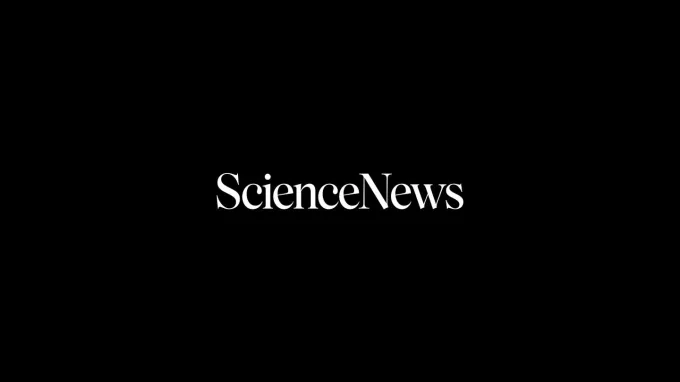Science News Magazine: Current Issue
Vol. 157 No. #16
Trustworthy journalism comes at a price.
Scientists and journalists share a core belief in questioning, observing and verifying to reach the truth. Science News reports on crucial research and discovery across science disciplines. We need your financial support to make it happen – every contribution makes a difference.
More Stories from the April 15, 2000 issue
-
 Archaeology
ArchaeologyEarly New World Settlers Rise in East
New evidence supports the view that people occupied a site in coastal Virginia at least 15,000 years ago.
By Bruce Bower -

Colossal study shows amphibian woes
The largest amphibian data set ever crunched—936 populations in 37 countries—confirms global declines.
By Susan Milius -
 Health & Medicine
Health & MedicinePanel ups RDAs for some antioxidants
An Institute of Medicine panel reported that dietary antioxidants such as vitamins A and E can limit cellular damage from free radicals but warned that studies in people have never adequately established a direct connection between antioxidant consumption and prevention of chronic disease.
By Janet Raloff -
 Astronomy
AstronomyAre solar eruptions triggered a loopy way?
Astronomers have identified a new solar mechanism that may explain some coronal mass ejections.
By Ron Cowen -

Trashed proteins may help immune system
Up to 30 percent of a cell's proteins get recycled as soon as they roll off the cellular assembly line.
By John Travis -
 Earth
EarthIt’s high tide for ice age climate change
Tides may sometimes be strong enough to tug Earth into an ice age.
-
 Ecosystems
EcosystemsNew protection for much-dogged shark
To rebuild northeastern U.S. populations of the spiny dogfish, the first fishing quotas on this species limit the harvest to roughly 10 percent of the 1998 haul.
By Janet Raloff -
 Tech
TechDNA embrace might drive micromachines
DNA interactions that bend tiny diving boards, or cantilevers, may open the door to powering micromachines by means of molecular reactions.
By Peter Weiss -
 Health & Medicine
Health & MedicineSilencing the BRCA1 gene spells trouble
Some breast cancer patients without a mutation in the BRCA1 gene nevertheless have an incapacitated gene, silenced by a process called hypermethylation of nearby DNA.
By Nathan Seppa -
 Chemistry
ChemistryThe power of caffeine and pale tea
The relatively rare brew known as white tea offers more caffeine than green tea—and perhaps more anticancer activity.
By Janet Raloff -
 Earth
EarthA deadly threat in undeployed airbags
The extremely toxic and reactive chemical used to inflate airbags could cause risks to human health and wildlife if accidentally released into the environment.
By Janet Raloff -
 Chemistry
ChemistryUnsung benefits of darker, tasty oils
Processing to erase the distinctive flavors and colors in cooking oils also removes or deactivates compounds that can defuse biologically damaging chemical reactions in the body.
By Janet Raloff -
 Chemistry
ChemistryNutty and fungi-ble taxol sources
The active ingredient in the anticancer drug taxol has turned up in hazelnuts and fungi.
By Janet Raloff -
 Chemistry
ChemistryComing up roses in scent research
Aroma chemists have discovered a carotenoid-processing enzyme that makes the chemicals that give rose oil its smell.
-
 Chemistry
ChemistryBirth control for male cockroaches
Scientists have discovered a gene in German cockroaches that may lead to a new type of insect control—contraception for male cockroaches.
-
 Chemistry
ChemistrySweet tooth is in the genes
Taste researchers have narrowed the search for the sweet tooth gene, at least in mice, to a 100-gene region.
-
 Physics
PhysicsFour ions mingle in quantum chorus
A new way to produce mysterious quantum correlations among particles ups the record to four particles linked, or entangled, and opens the door to correlating many more particles on cue, a prerequisite for making quantum computers.
By Peter Weiss -
 Physics
PhysicsPrize honors physicist with conscience
Physicist-author Freeman J. Dyson received the Templeton prize for originality in advancing religious understanding.
By Peter Weiss -
 Animals
AnimalsMusic without Borders
When birds trill and whales woo-oo, we call it singing. Are we serious?
By Susan Milius -

